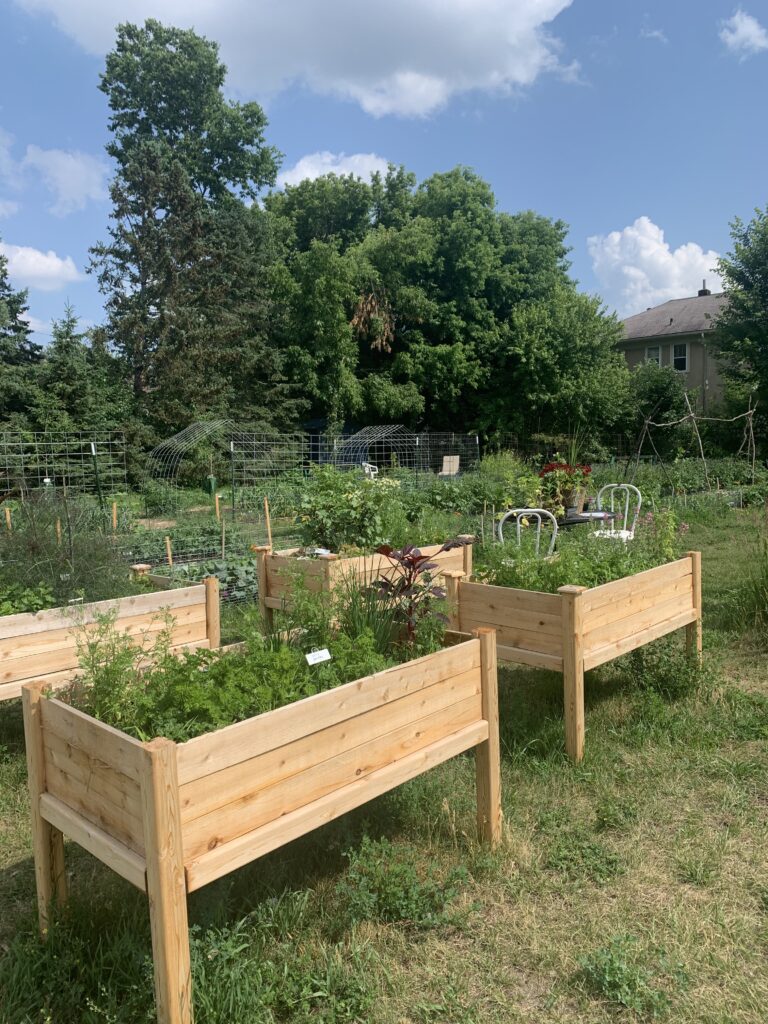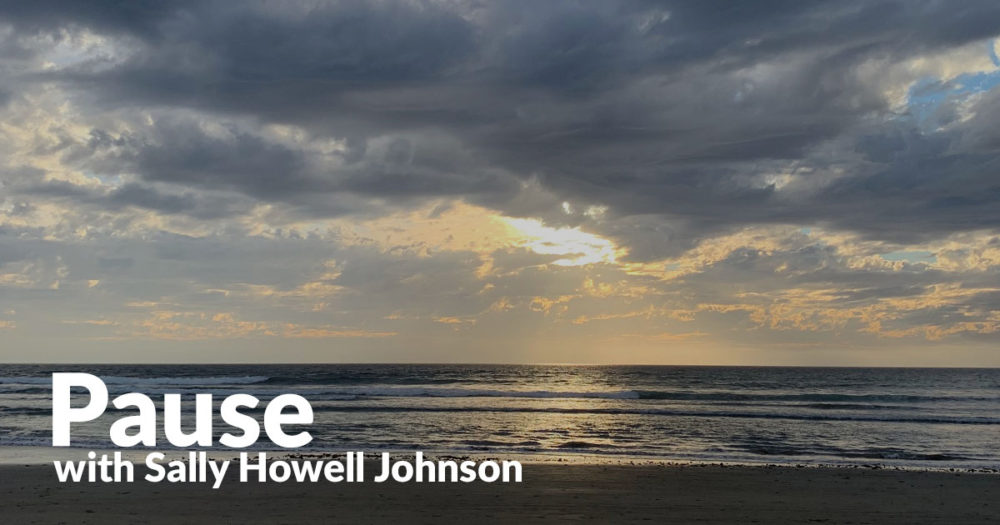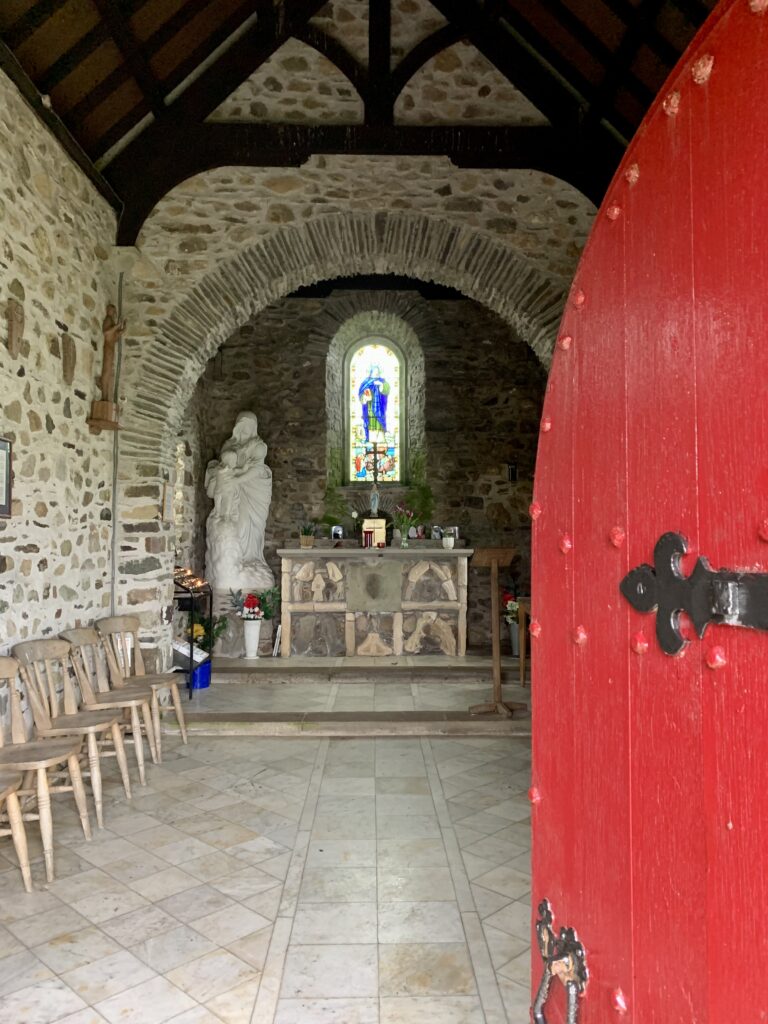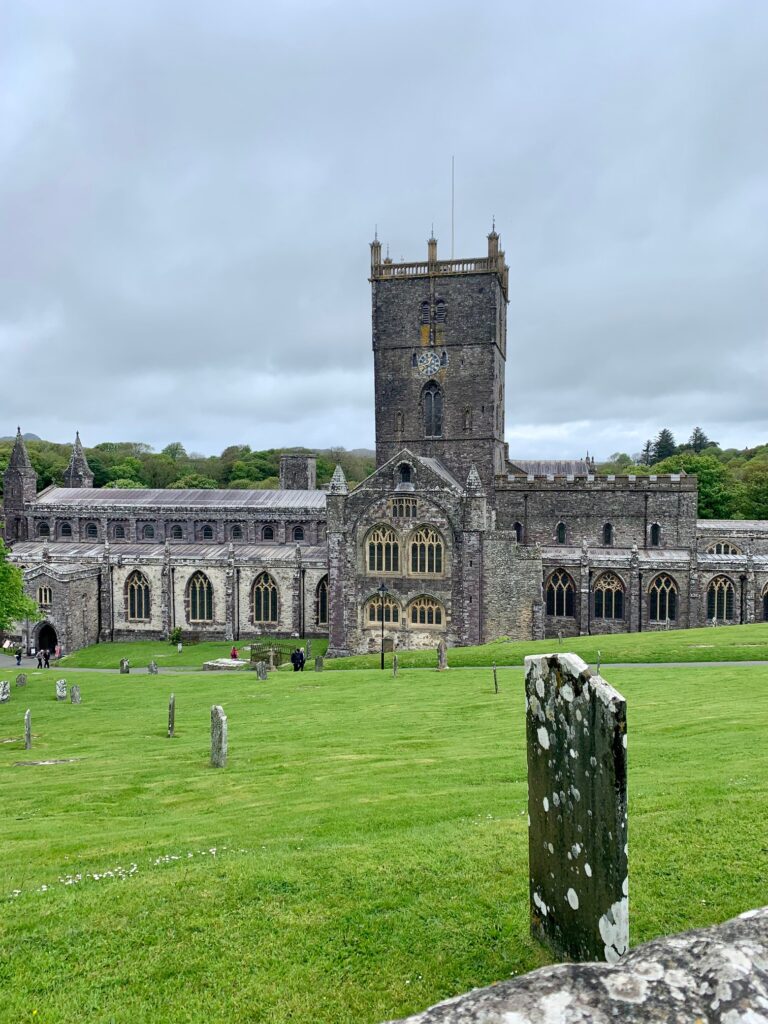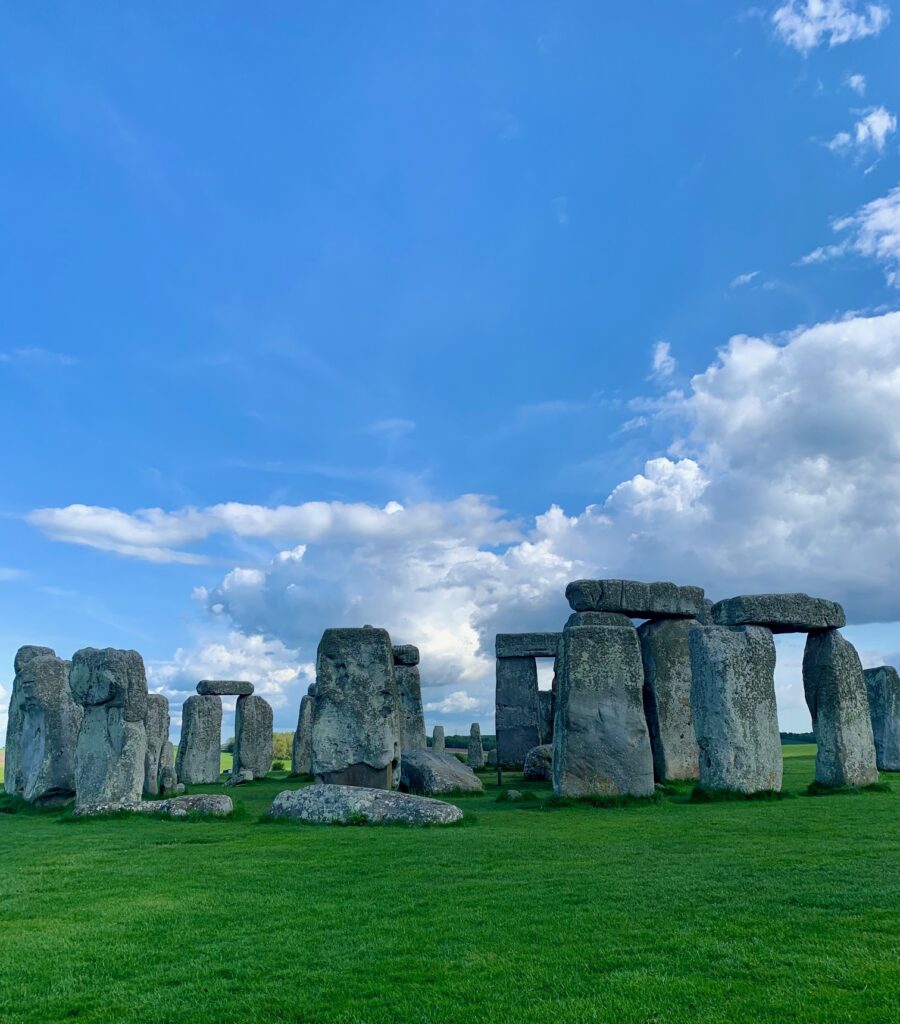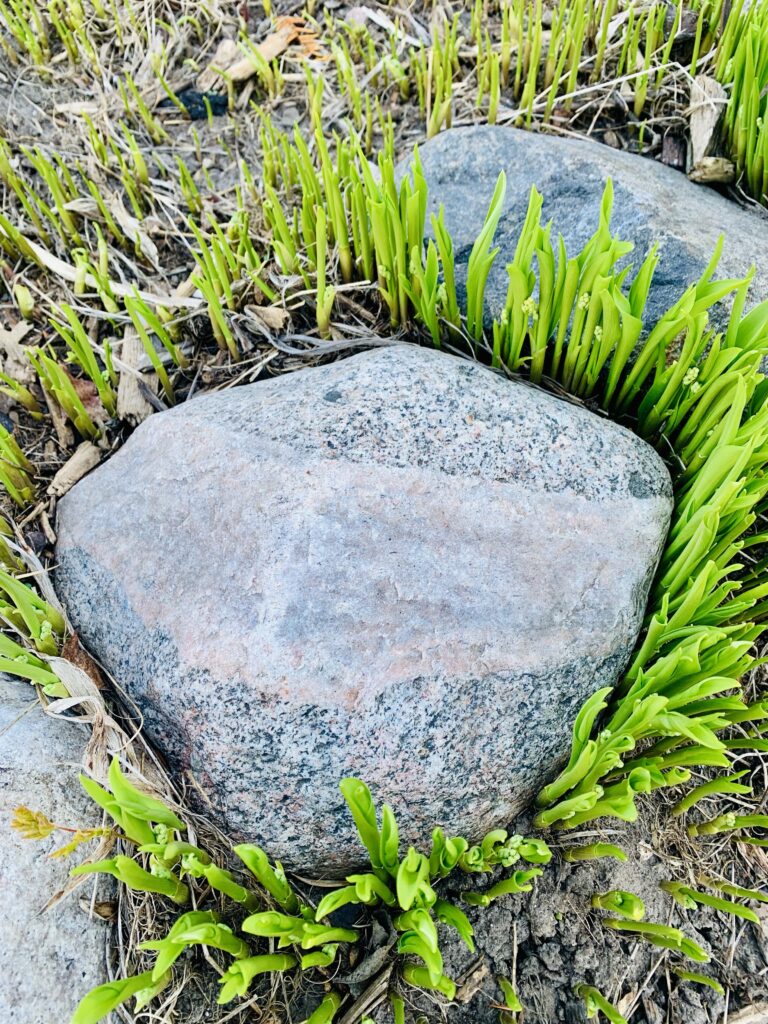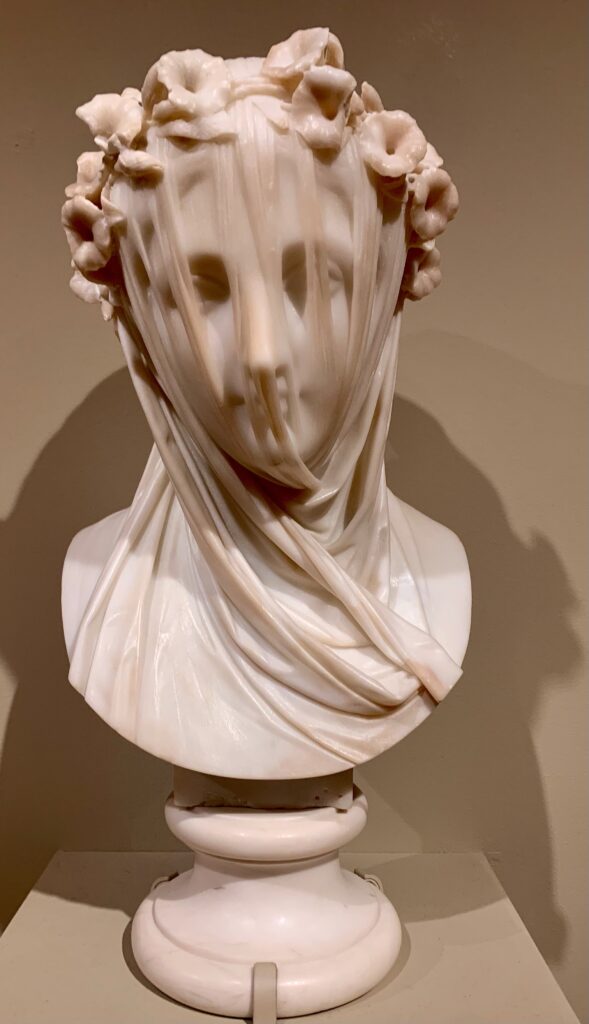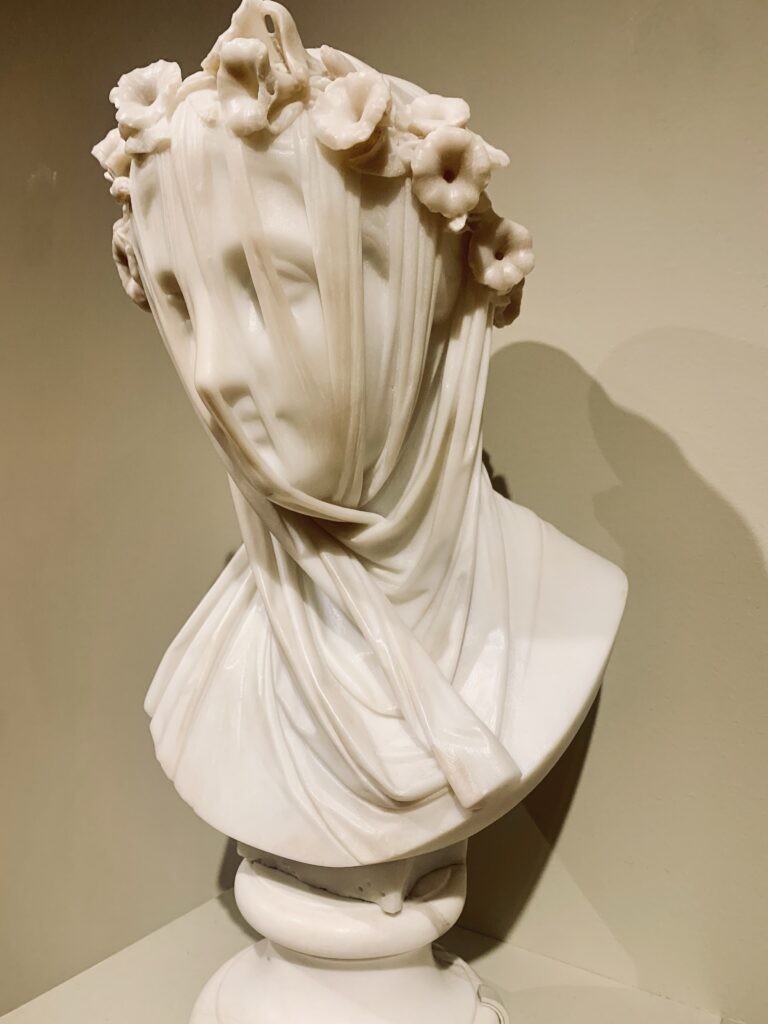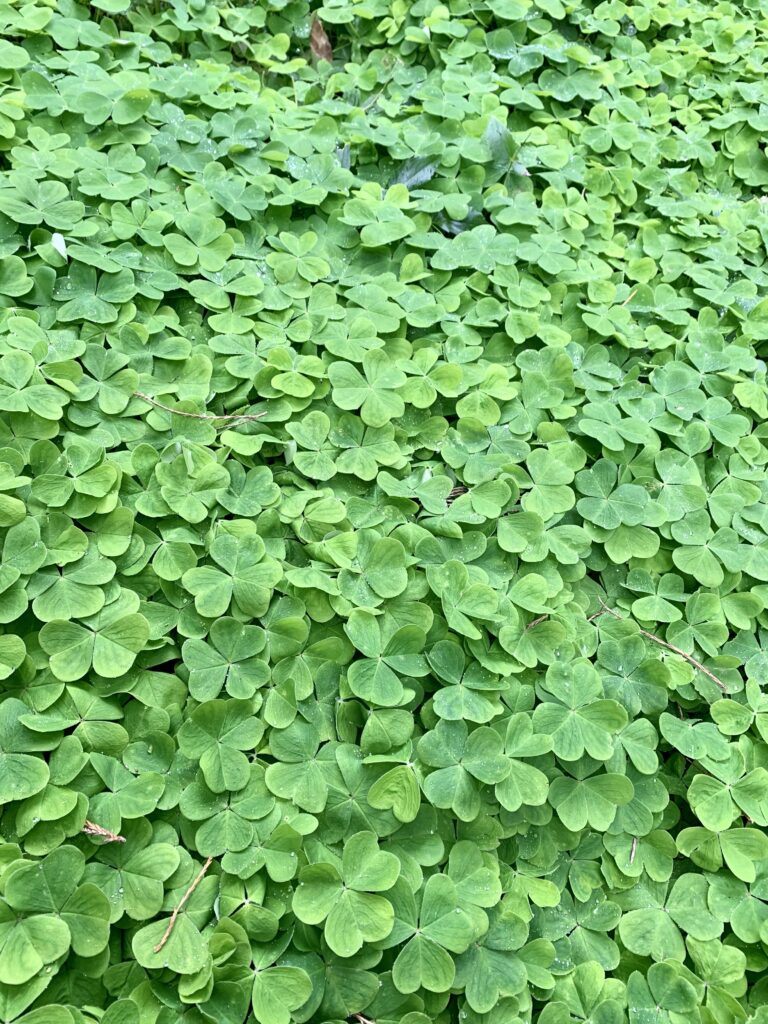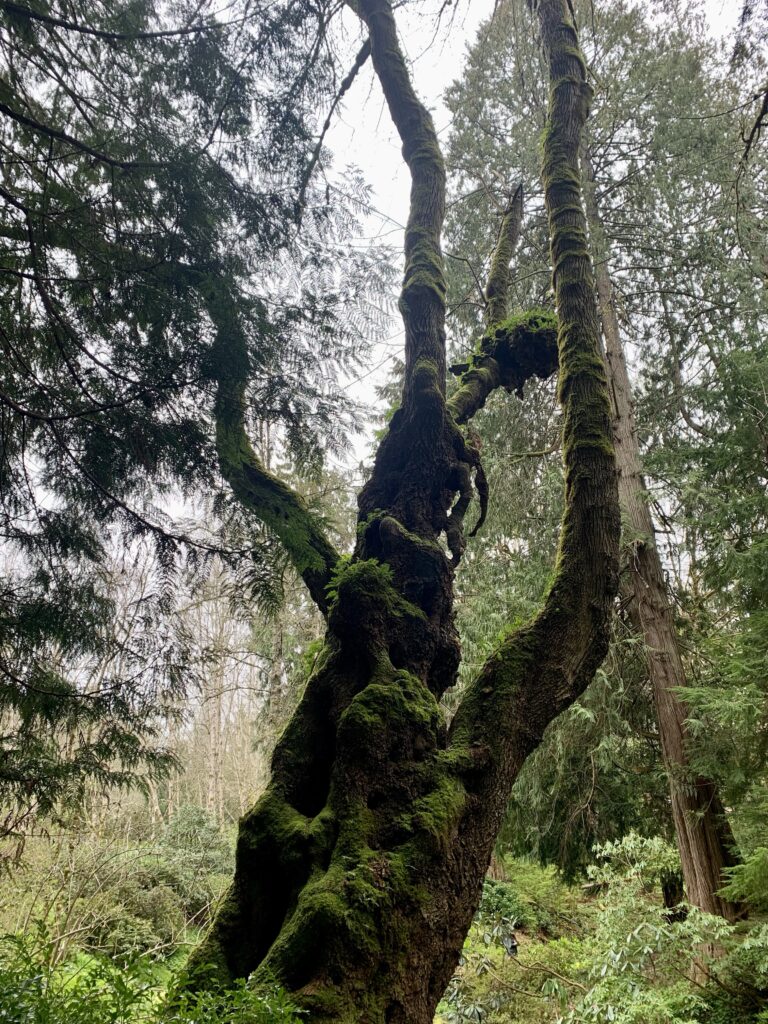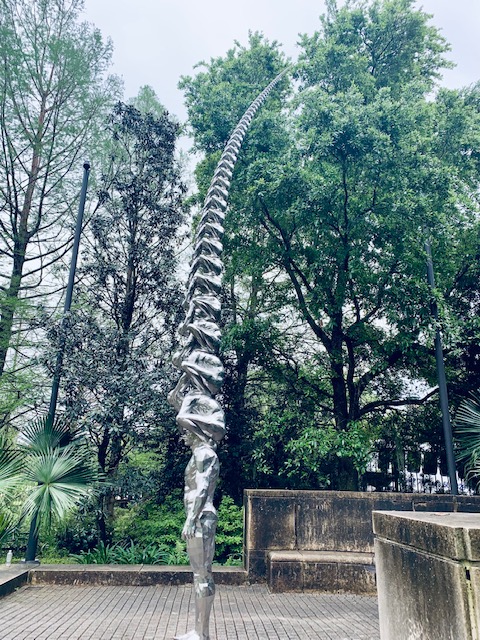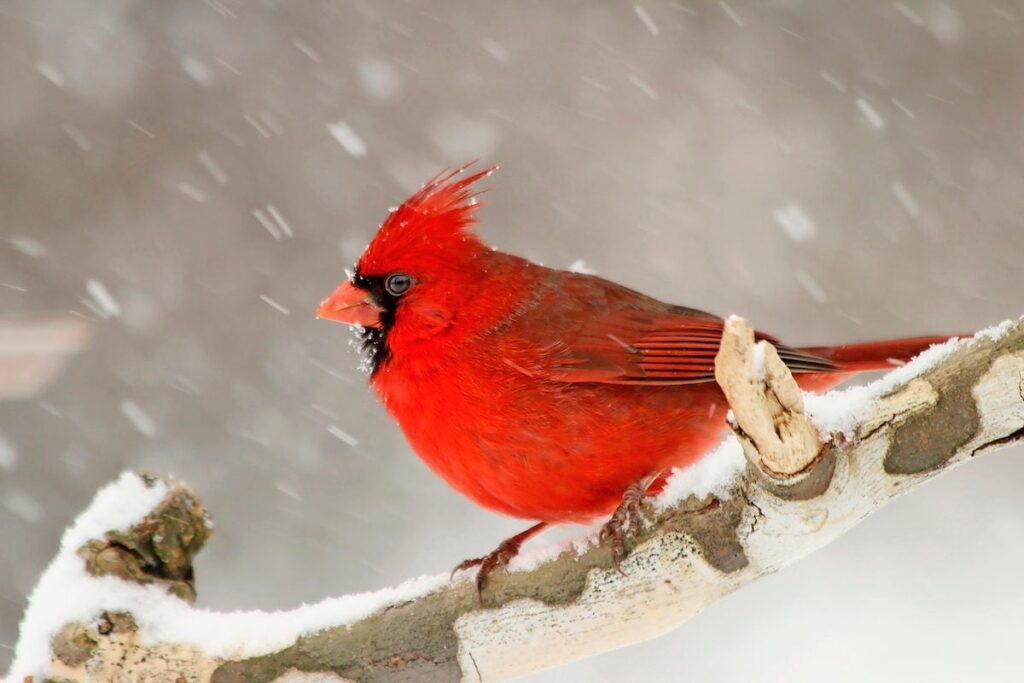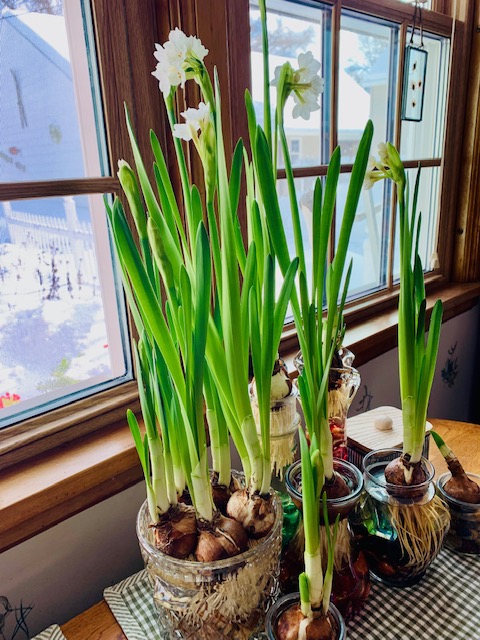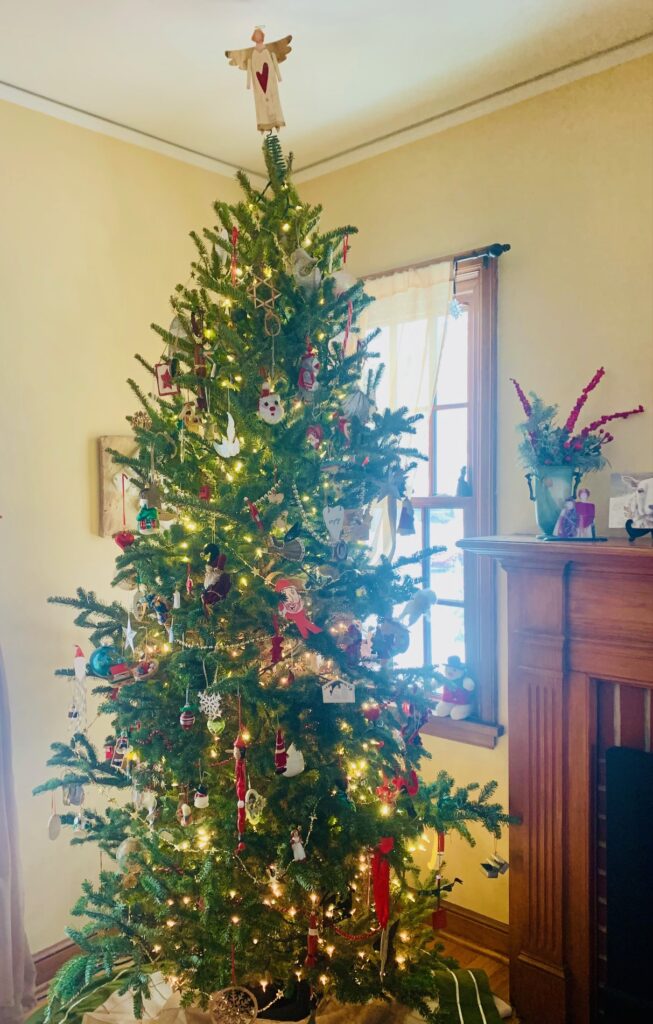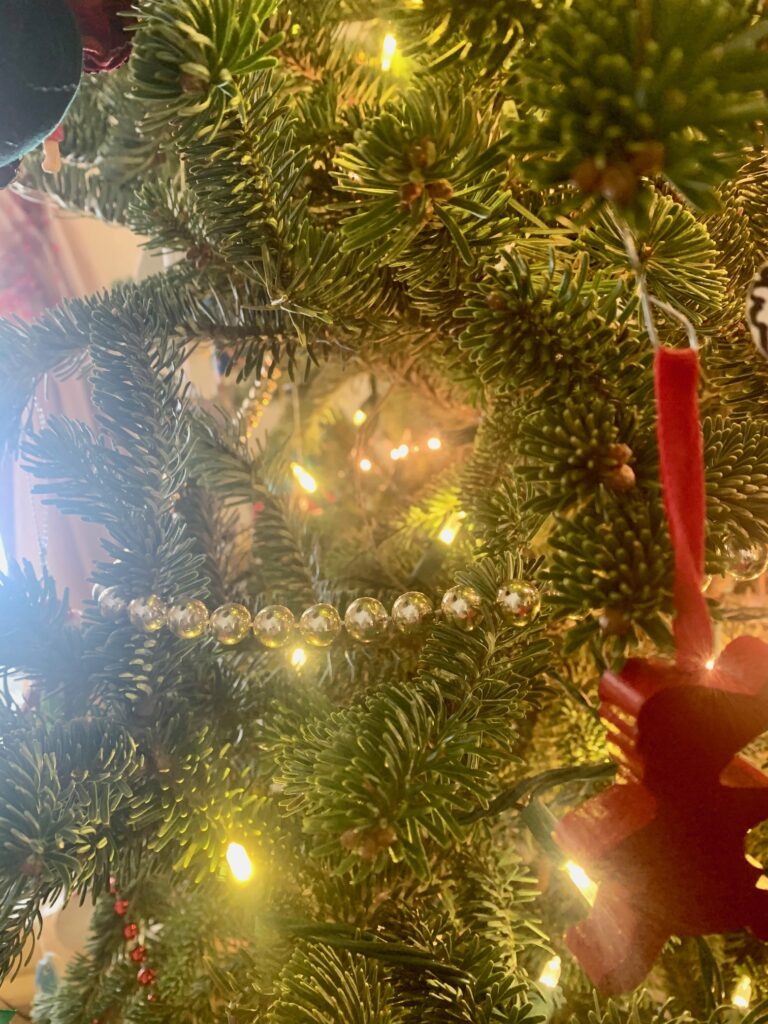“Be joyful, keep the faith, and do the little things that you have heard and seen me do.”
~St. David, Patron Saint of Wales
Recently I returned from traveling in Wales where the group of folks I was with visited St. Davids, named the smallest city in the United Kingdom. I learned that if a village or town has a cathedral it becomes a city so this sweet gathering of small cottages and shops took on increased status because it is anchored by the beautiful St. David’s Cathedral. Living in the 6th century as many Celtic saints seemed to have done, David became the patron saint of this small country. The quote above is attributed to St. David and it is said that a common statement that is made throughout the country is:“Do ye the little things in life” (“Gwnewch y pethau bychain mewn bywyd”).
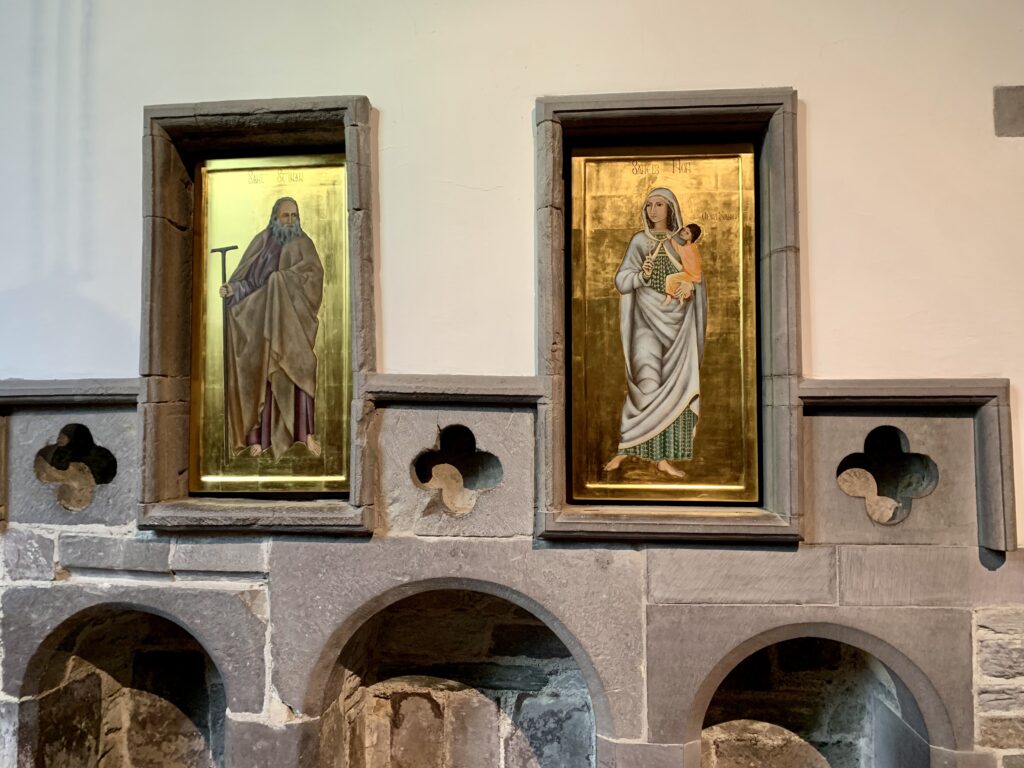
I have been thinking about that statement, a commission really, over the last days. So often I can become overwhelmed by the things that need to be done in my daily life…house projects, garden duties, the things that need to be accomplished in any given life. And then there are the many acts that need to happen to help heal our relationships, communities and our world. It is so challenging to see the situations in our world that need our effort, our talents, our resources to overcome the devastating condition they are in. Homelessness. Poverty. Injustice toward others. Educational inequities. And then there is climate change. It can weigh down not only our bodies and minds but also our spirits.
That’s why seeing these words of this ancient one captured my imagination. “Do ye the little things.” It makes it more manageable to think small, doesn’t it? To think of the smaller possibilities I am capable of rather than allowing the weight of the larger things to paralyze me. And the fact that this declaration began with the words, “be joyful”, that rounds the edges on it all as well. Joy and small things. Seems doable.
In 2020, Siôn Aled Owen, a Welsh poet and theologian wrote this about St. Davids:
A village that thinks it’s a city,
tucked in a far corner
of a nation
that’s sometimes just part, or so it seems,
of another Nation more Great,
maybe.
With its surprise, surprise oratory
waiting to be found
by those who seek
or not.
And though the many-chambered edifice
now ascending the valley
would have shocked Dewi
with the descending visitors,
ghosting invaders,
the shy sanctuary,
the status understated,
hidden in plain sight
from the heart of the smallest city
would,
I dare imagine,
have warmed a final smile
gracing his legacy:
Do small.
Build big.

Many times doing the small things creates a pattern that leads to bigger things. Somehow I think David was counting on this. Of course this can be a positive and sometimes a negative. Our intention in the little steps can be what makes all the difference. Down the street from my house, a garden has grown through many small acts to create something greater in what always looked like a scruffy, abandoned lot. One couple thought of adopting this little plot and planting some vegetables and flowers to make a more beautiful landscape. The first year the garden and effort was small. Now it has grown to include not only veggies of all kinds, but corn, flowers, a few fruit trees and also many volunteers who harvest the food and take it to some place that gives it away to those who don’t have access to fresh produce. This group has done small things with great joy…and a little sweat and dirty hands…that has become something big and far reaching.
Somehow St. David’s story and that of these neighborhood gardeners helps me to feel less overwhelmed and more hopeful about the world we are all creating together whether we always recognize it or not. Small acts. Big impacts.
Much joy.
